KARACHI, Nov 27: The Sindh local government department has formally included the city’s rural parts in the greater urban centre, turning all the 25 union councils into union committees, most of which have been included in Malir district; and tweaked the city’s new local government system to conform it to newly-created Korangi district and redesigned boundaries of four other districts barring Karachi Central, it emerged on Wednesday.
Officials said the future city council would consist of 268 general members in the shape of elected chairmen of all the union committees. With 22 per cent women and 5pc each for workers/peasants and minorities seats, its total strength may reach 353.
The Karachi District Council (KDC), which had just been revived after 12 years of dormancy when it was abolished with the introduction of Gen Musharraf’s local government system, has become history, giving way to its controlled rural fringes to join the rest of the city’s dominant urban local government system, which allows for a metropolitan corporation and six municipal corporations.
In the recently concluded delimitation process, the government had notified 243 union committees for the city’s urban areas and 25 union councils — 21 in Malir and four in Karachi West — for its rural outer reaches.
According to the criterion given to the authorities, a union committee should not have a population of fewer than 40,000 people according to the 1998 census data, while a population ranging from 10,000 to 15,000 is required to form a union council.
Officials in the provincial local government department said they had given the status of union committee to every union council, relaxing the earlier formula as a tool to offer the rural population a sense of participation and help them assimilate with their neighbouring urbanites.
With a population a bit more than 400,000 — which warrants not more than 10 union committees — the establishment of 25 urban UCs has struck obvious political implications for key political parties given the fact that every UC will send a nominee (its chairman) to represent it in the Karachi Metropolitan Corporation’s city council and vote for future mayor.
Sources said the ongoing deliberations between the ruling Pakistan Peoples Party and the opposition Muttahida Qaumi Movement also featured the issue.
“The situation is still fluid and the number of union committees could change again depending entirely on the upshot of the ongoing consultation between the two parties,” said a senior official in the LG department.
He said everything would be clear on Friday when the schedule for the upcoming LG election in Sindh was scheduled to be announced.
With the disappearing of the KDC, the number of union committees in the city has risen to 268 after the officials in the LG department carved out union committees from East and Malir districts for the Korangi DMC. An official said that for making the sixth DMC, four other DMCs got certain basic boundary changes as defined in a notification issued on Nov 4.
The government on Nov 4 created new subdivisions and varied the limits of the previous subdivisions of the five districts, leaving just Karachi Central intact.
Korangi district consists of Model Colony, Shah Faisal, Korangi and Landhi subdivisions and it has been given 40 UCs.
The subdivisions of Karachi South are redesigned and now it consists of Saddar, Arambagh, Civil Lines, Garden, Lyari, Harbour and Mauripur. South is stuffed with the Harbour and Mauripur subdivisions of Karachi West.
The DMC South will have 47 UCs.
Karachi East comprises Ferozabad, Jamshed Quarters, Gulshan-i-Iqbal and Gulzar-i-Hijri (Scheme-33). It gets the area falling between DHA Phase 1 and Baloch Colony Road up to the KPT bridge, that is Baloch Colony, Akhtar Colony, Manzoor Colony etc from Karachi South. Besides, Deh Gujro-I, southern part of the Lyari river or part of Scheme-33, has been included in District East.
The East DMC will encompass 38 UCs.
The subdivisions of Bin Qasim, Ibrahim Hyderi, Shah Mureed, Gadap, Airport and Murad Memon form Malir district. With the addition of vast parts of the defunct KDC, the Malir DMC will also have 38 UCs.
Karachi West encompasses Orangi, Mominabad, SITE, Baldia and Manghopir and its DMC has 44 UCs.
Karachi Central remains unchanged, with Liaquatabad, Gulberg, Nazimabad, North Nazimabad and New Karachi subdivisions, its DMC will consist of 61 UCs. It will be the largest DMC.In the light of the above revenue boundary changes, Karachi East has lost half of its strength. It had 66 UCs before the Model Colony, Shah Faisal, Korangi and Landhi subdivisions were included in the Korangi DMC.
The Malir DMC has benefited the most from the changes as its strength has grown to 38 from 20.
The Karachi South DMC added two more to its original 45 UCs and West lost seven from its earlier 51 UCs.






















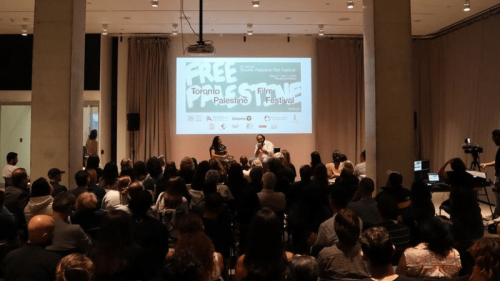
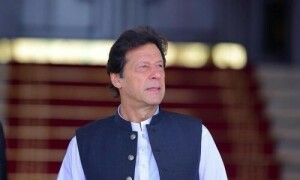
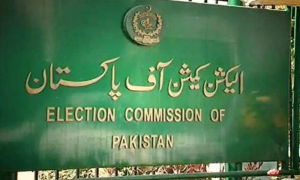
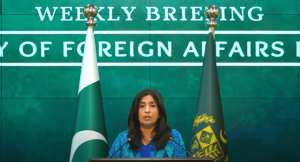
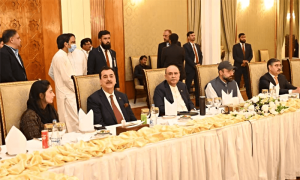
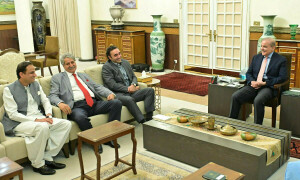
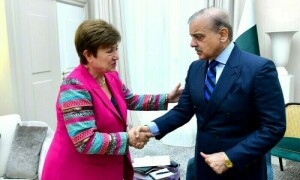

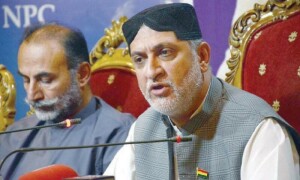
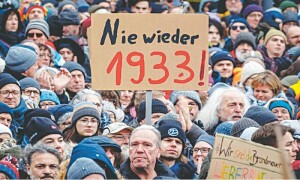



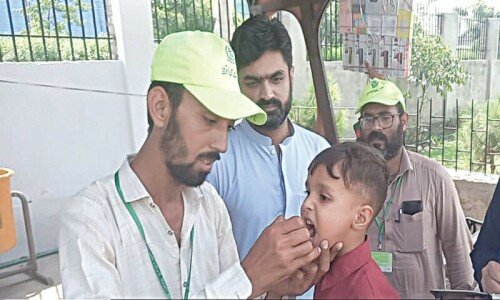


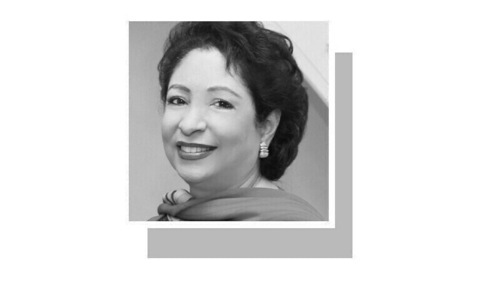



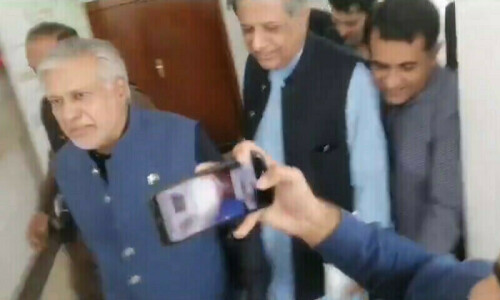

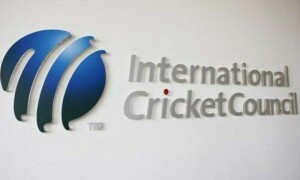
Dear visitor, the comments section is undergoing an overhaul and will return soon.